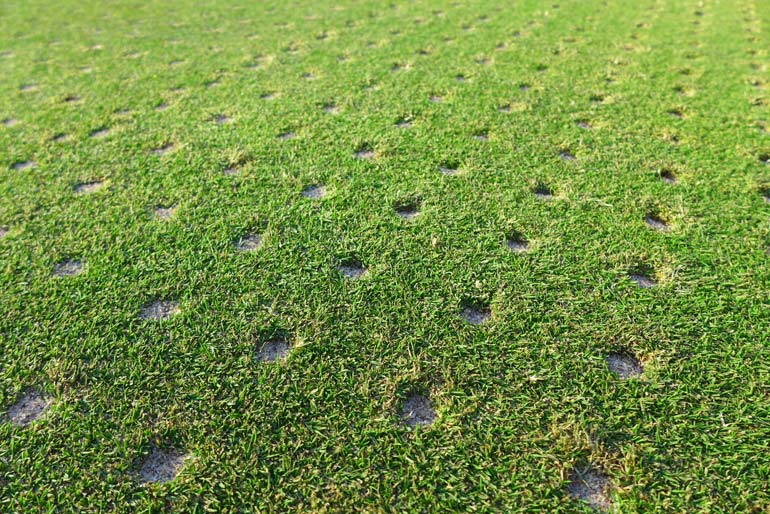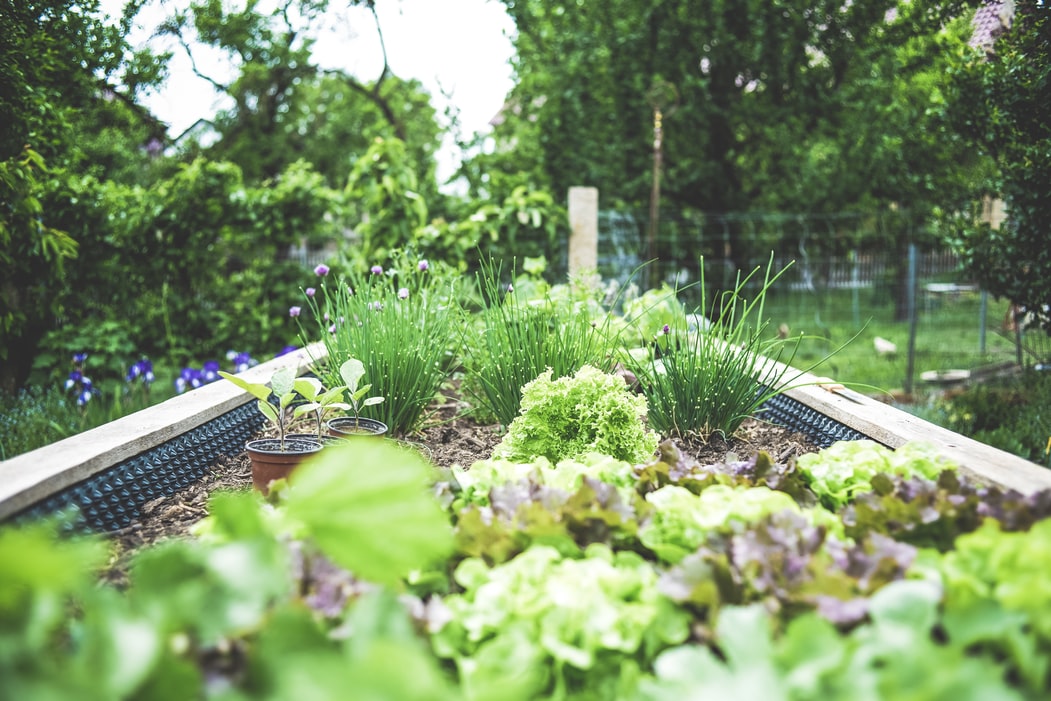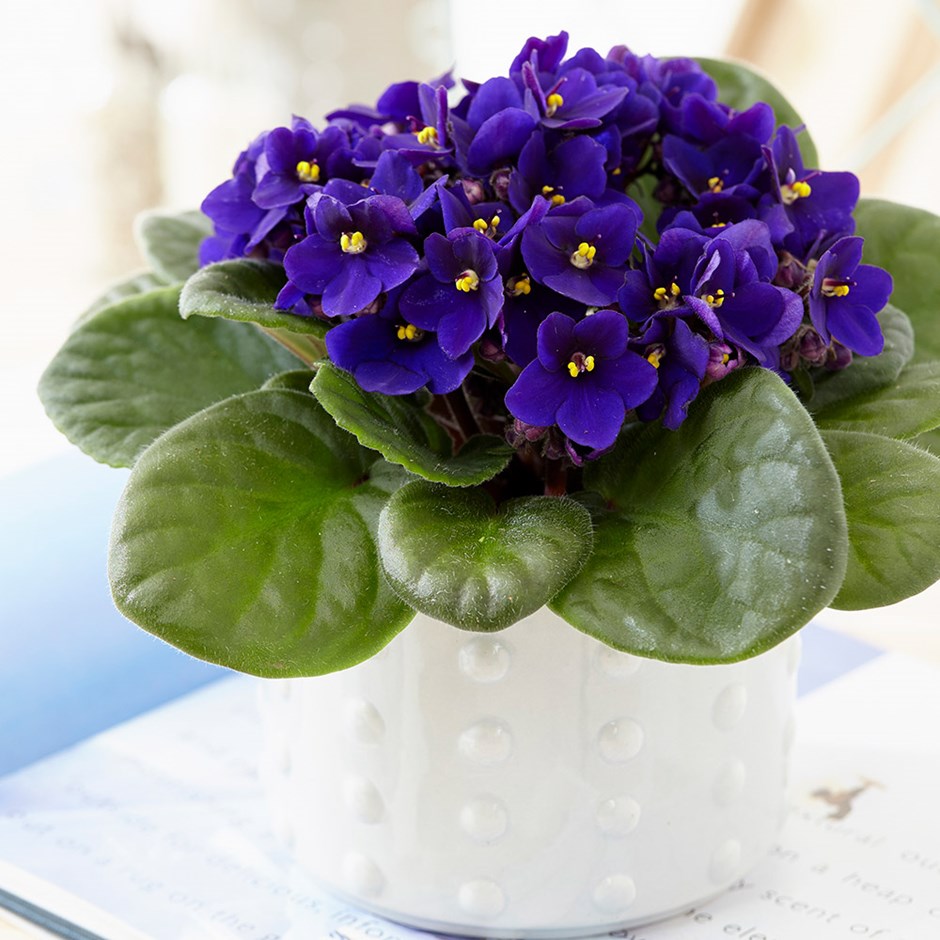The Ultimate Winter Checklist: Things You Can do to Get the Perfect Lawn

When homeowners start to prepare their yards for the cold winter months, summer or fall is the time of year to start!

Photos By: Stock Images
This blog post will discuss the ultimate checklist to ensure your lawn survives the winter!
1. Clear away debris
The first step in preparing to achieve a perfect lawn for winter is clearing away any accumulated debris over the summer. This includes fallen leaves, twigs, and other organic materials. It’s important to do this so that any pests are not left on the lawn over the winter.
How can you efficiently clean up the debris? Start by using a rake or leaf blower to remove most of the organic material from your lawn. You can then use a broom and dustpan to sweep up any remaining pieces.
It’s also a good idea to collect the debris in large bags and put it out with the trash so that it doesn’t attract more pests to your lawn.
2. Aerate Your Lawn
The next step is to aerate your lawn. Aeration helps to create air pockets in the soil, which allows oxygen and other nutrients to penetrate more deeply into the root zone of the grass. This can help improve the health of your lawn during the winter months.
There are several ways to aerate your lawn. You can use a hand tool like an aerator spike or rent a gas-powered aerator. Either way, make sure only to aerate your lawn when the soil is moist so that the cores of the soil are more easily pulled out.

3. Fertilize Your Lawn
Fertilizing your lawn will help to ensure that your grass is getting all of the nutrients it needs. Choose a fertilizer that is specifically formulated for use in the fall or winter months, as this will provide your lawn with the best results.
How often should you fertilize your lawn? It’s best to apply fertilizer once every six weeks. Spread it evenly across the entire area, and make sure that you water it in thoroughly afterwards.
Is it advisable to fertilize every year? Yes, fertilizing your lawn annually is a great way to keep it looking healthy and green.
4. Mow Your Lawn
Mowing your lawn one last time before winter can help to keep it healthy and strong throughout. Mowing at a lower height than you normally would help reduce the amount of snow and ice that accumulates on the grass blades during the winter months.
Use a sharp mower blade when cutting your lawn. This will help to prevent any damage or tearing of the grass blades that can occur with a dull blade. Also, make sure to adjust the speed and height of the mower blade so that you are only removing the top third of the grass blades at each mowing session.

5. Prune Trees and Shrubs
Pruning trees and shrubs in the fall ensures that they can withstand harsh winter weather conditions better. This will also help to keep your lawn looking neat and tidy.
When pruning trees and shrubs, start by removing any dead or dying branches. Then, trim back any overgrown branches to their natural shape. Finally, remove any low-growing branches that could be blocking the sunlight from reaching your lawn.
6. Water Your Lawn
It’s important to water your lawn in the winter, even if it doesn’t seem like it needs it. Watering helps ensure that grass is strong and can survive the colder weather. Make sure to water deeply so that the roots can absorb enough moisture to last through the season.
A great way to water your lawn is by getting a smart irrigation system that will automatically water your lawn on a set schedule. This ensures that your grass gets the right amount of water at the right time without any manual labor.
Prepare your lawn with a smart irrigation system by Heroes Lawn Care! Their lawn care experts will install a system tailored to your lawn’s needs and climate so that you can rest assured knowing that your lawn is getting the best care possible.

7. Mulch Your Garden Beds
Adding mulch to your garden beds in the winter will help to protect the soil from cold temperatures and winter storms. It also helps to retain moisture and keep weeds at bay.
When adding mulch, always make sure to choose organic materials such as wood chips, shredded bark, or compost. Spread an even layer of mulch around your plants and trees, making sure to keep it at least three inches away from the plant stems.
Following these steps can help you get the perfect lawn this winter. With a bit of hard work and dedication, you will have a beautiful garden to enjoy for years to come. So take some time to prepare your lawn for the winter months and ensure it’s in tip-top shape year round!






